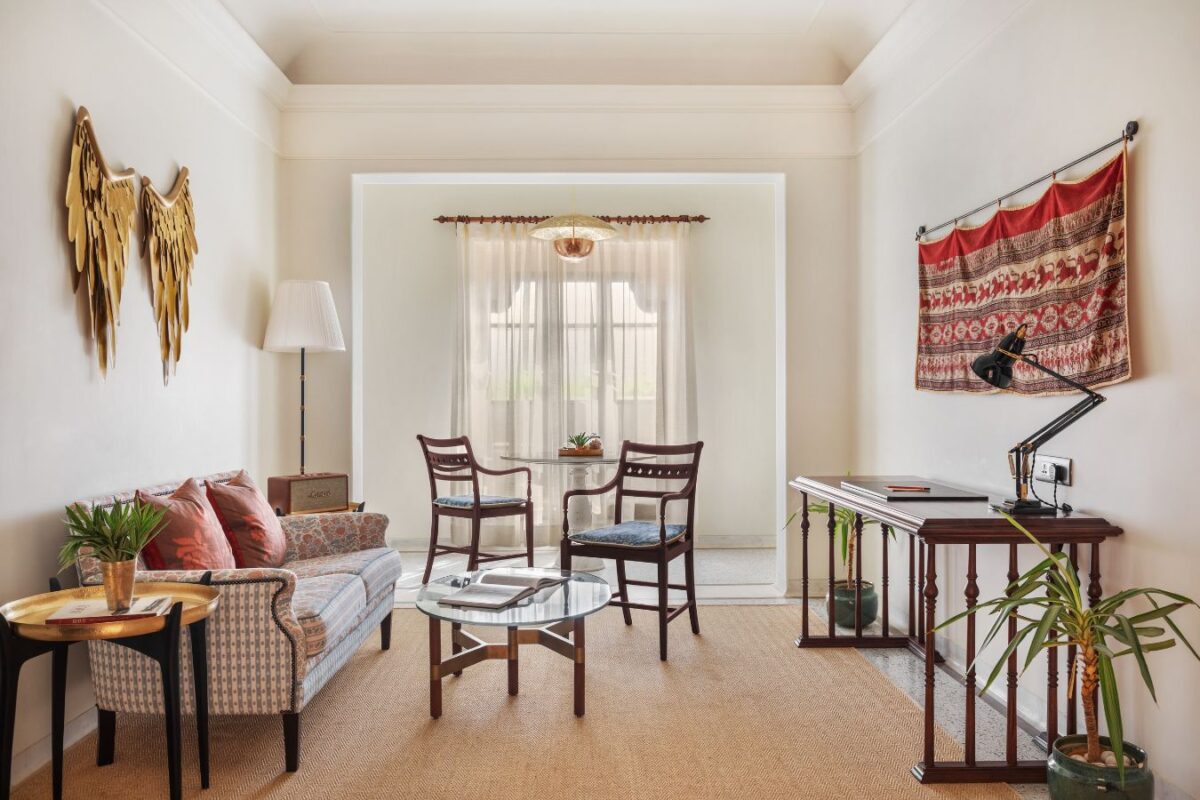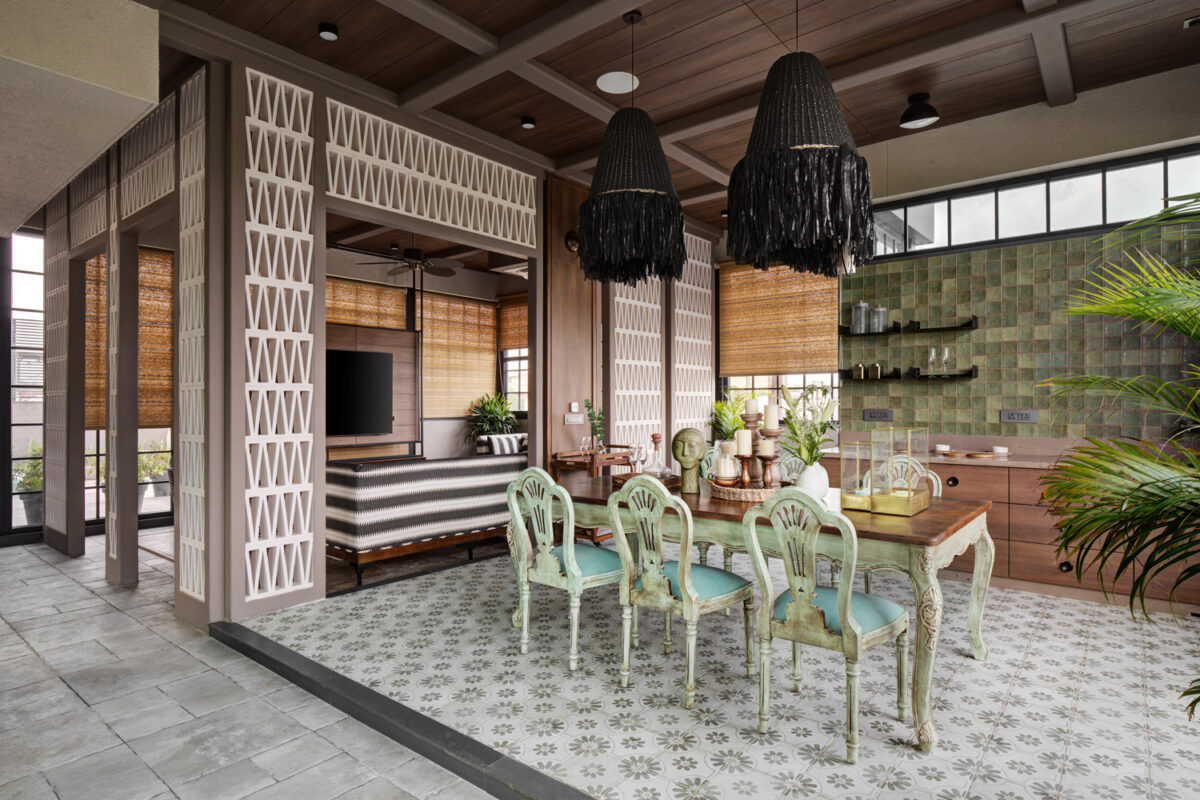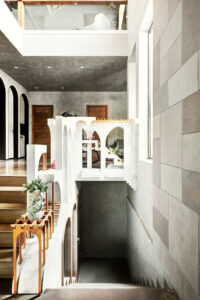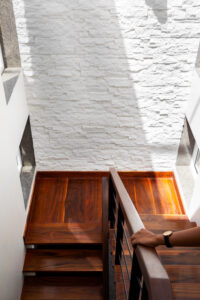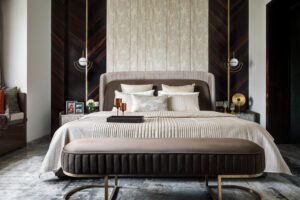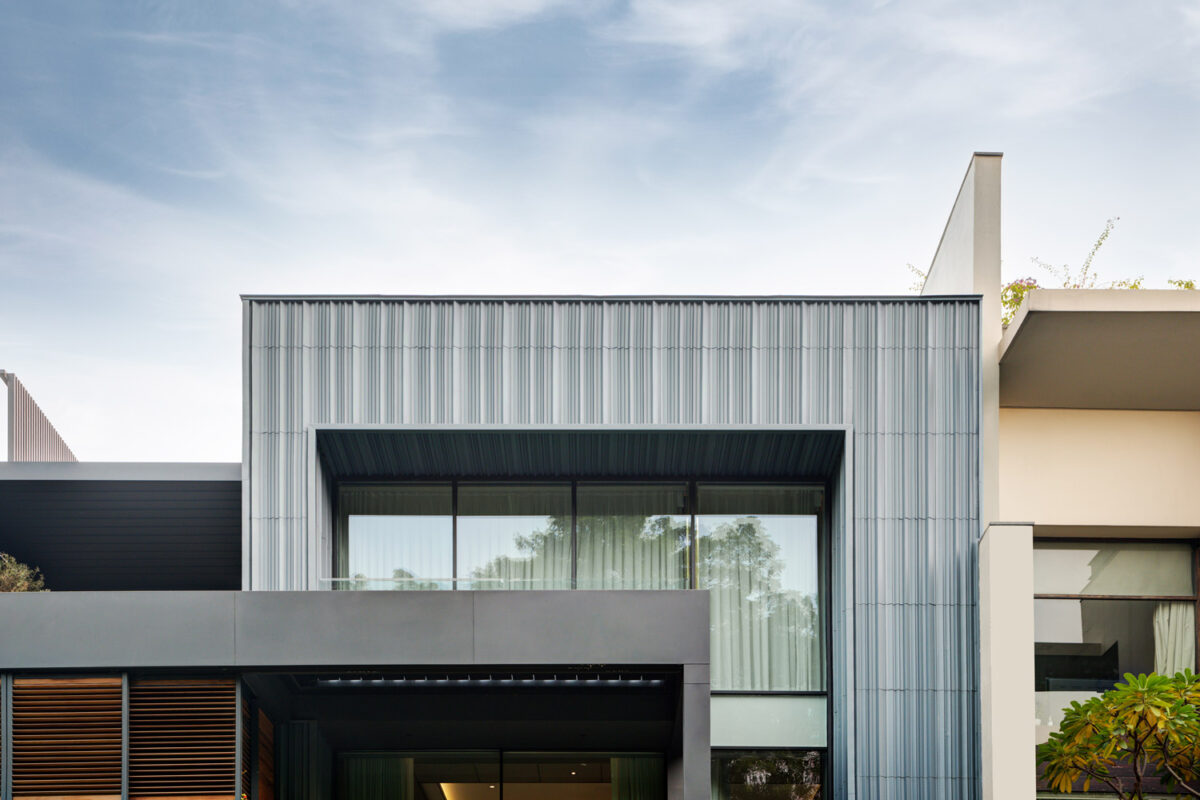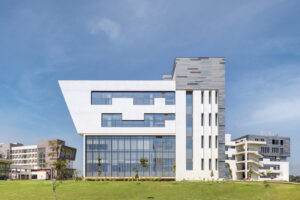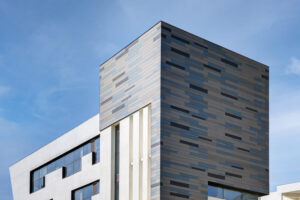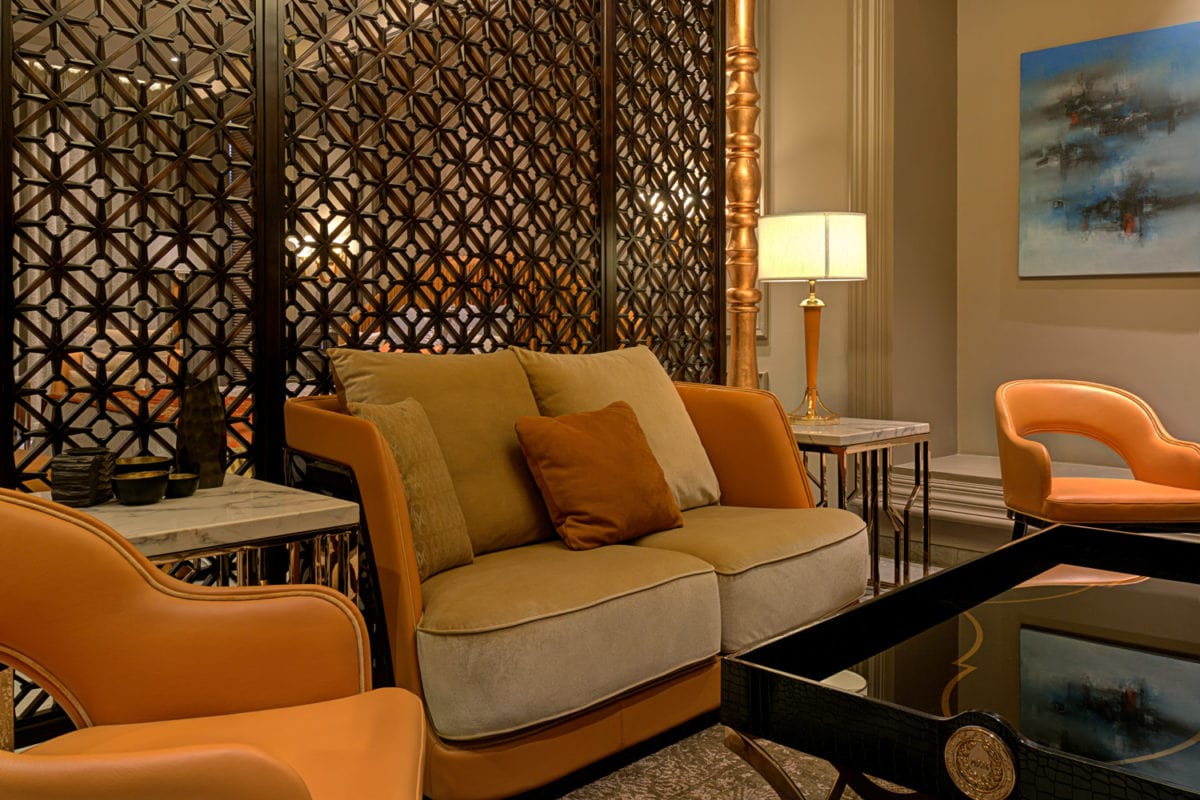When you step into a beautifully designed space, you feel its essence—the interplay of textures, colors, and light. Yet, translating that experience into a photograph that tells the same story is an art in itself. This is where an Interior Design Photographer comes into play. Their role is far more nuanced than simply clicking pictures; it’s about creating visuals that resonate, captivate, and inspire.
Breathing Life Into Design
An Interior Design Photographer has a unique ability to bring spaces to life through their lens. They don’t just capture a room; they narrate its story. By carefully balancing light, angles, and perspectives, they emphasize the details that make a space special—be it the sleek lines of a modern kitchen, the cozy ambiance of a bedroom, or the grandeur of a living room.
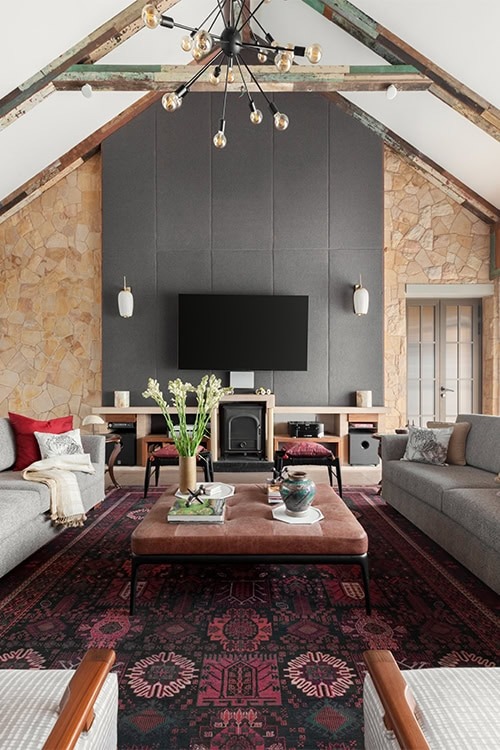
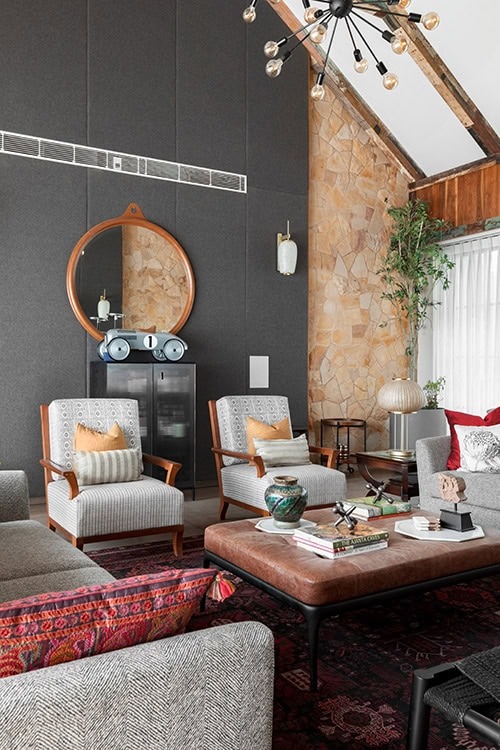
Photography in interior design is about more than documentation; it’s about creation. A skilled photographer understands that every room has its own personality and works to highlight it in the most flattering way possible. Check Residential projects we captured for our clients.
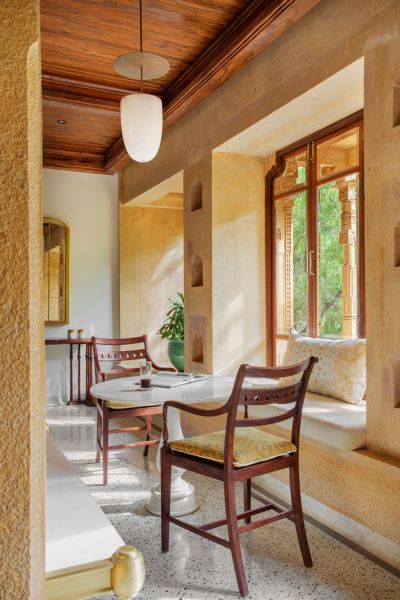
The Science of Composition
Creating stunning interior photographs requires a deep understanding of composition. An Interior Design Photographer meticulously plans every shot, considering the placement of furniture, symmetry, and how natural and artificial lighting interact. These elements are woven together to evoke emotion, drawing viewers into the image and making them feel as if they’re experiencing the space firsthand.
By using techniques like leading lines or framing, these professionals craft images that aren’t just aesthetically pleasing but also functional for designers, architects, and brands looking to showcase their work.
Why Professionals Matter
While anyone can take a picture, not everyone can create an image that truly represents the beauty of a space. Professional interior photography ensures that every design element is showcased to its full potential. As Interior Design Photographers, we uses advanced equipment, styling expertise, and post-production techniques to ensure the final result is nothing short of breathtaking.
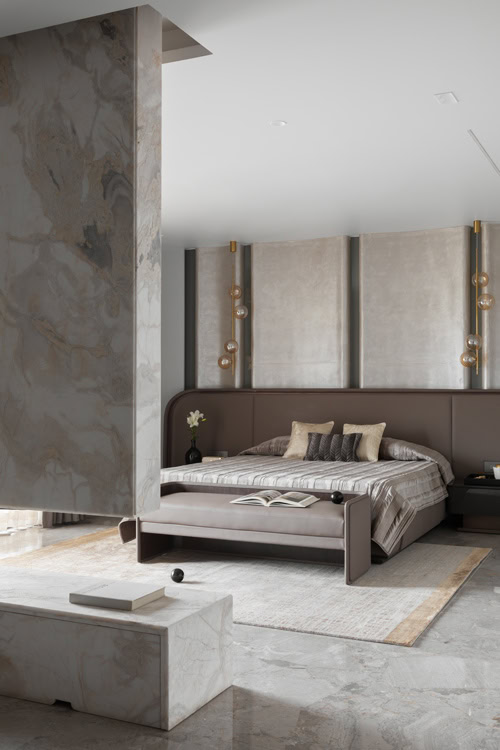

From adjusting the brightness of a room to removing unwanted distractions, the process is a blend of artistry and technical skill. For interior designers, architects, and real estate professionals, investing in a professional photographer is key to standing out in a competitive market.
Beyond Photography
The work of an Interior Design Photographer goes beyond the camera. They collaborate closely with designers and architects, understanding their vision and translating it into visuals that communicate effectively with their audience. These images not only enhance portfolios but also play a crucial role in marketing and branding, often being the first impression potential clients get of a designer’s work. Tap to check other services provided by Studio BluOra.

Conclusion

An Interior Design Photographer doesn’t just click a button; they create visual masterpieces that capture the essence of a space. Through their lens, design becomes art, and spaces come alive. Whether you’re an interior designer or a homeowner, working with a professional photographer is the key to showcasing interiors in their best light—literally and figuratively.
Because in the world of design, every detail deserves to be seen, and every space deserves to be celebrated.
Read More:
Best Interior Design Photographer Services in Jaipur | Top Interior Design Photographers in Delhi | Interior Design Photographers in Jaipur | Design Photographer near me | Best Design Photographer in Rajasthan | Discussion | Our Interior Design Photography services are available in Delhi, Mumbai, & Bangalore, also.

